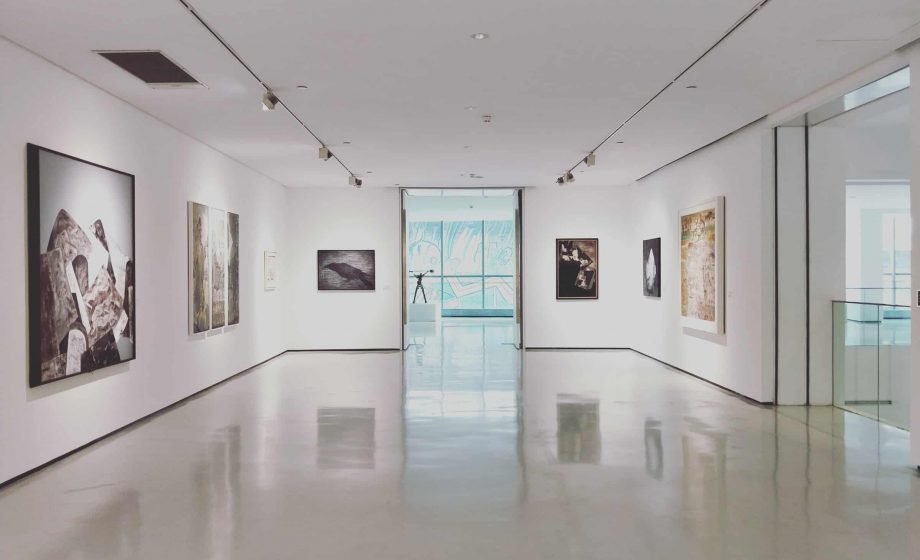The changing face of art collections

Written by Maria Trujillo and published originally by Art Critique, February 1, 2021
The days of traditional fine art collecting may be behind us. Technology and the push for diversity are changing how individuals and museums acquire art and their approach to building collections. While the Covid-19 pandemic has escalated this shift, it was likely only a matter of time before this cultural reckoning would have occurred.
For many museums, art acquisitions are often limited to their local communities. The artworks of the high-profile donors living in their vicinity can often dictate the outlook of their collections. This select group of people is often on museums’ boards, acquiring committees, and making up the bulk of their generous donations or loans. Although usually not explicit, cultural institutions may feel accountable to donors’ tastes and preferences, which inevitably reflect the works hanging in museum galleries.
New models such as Museum Exchange, a for-profit service that identifies collection gaps at cultural institutions and connects collectors and museums nationally, could enable institutions to diversify artworks and broaden their perspective. In a conversation with Art News, former Chief Curator at the Museum of Contemporary Art Chicago and Co-Founder of Museum Exchange, Michael Darling, explained how the organization could help institutions change their narratives.
“As we’re talking to collectors, we’ll focus on getting work by artists of color into the offering. It might be seeking out collectors that we already know are collecting in an inclusive way” or informing collectors about artists and works they may want to pay attention to. “I feel like we could spur that, especially bringing to them the perspective of museums that want to tell a different story.”
While museums face internal and external inquiries into the types of art they collect and whom they exhibit, individual art collecting is also evolving. Traditional auction houses such as Sotheby’s and Christie’s have taken significant hits due to the Covid pandemic. Despite their efforts to transition to a digital platform where buyers could click to bid, the Wall Street Journal reports that Christie’s sales dropped 22%, while Sotheby’s suffered a 12% drop in sales. Perhaps this is less a symptom of any economic hardship befalling the buyers these auction houses attract, but more foreshadowing that individuals are hungry for a different kind of interaction—for art that is reacting to the difficult times we face.
With art dealers and art fairs needing to go virtual, collectors have become more empowered. Individuals looking for contemporary art no longer need to walk into the white cube gallery or rely on the dealers for information on artists and their works. Customers can now peruse updated gallery websites or social media, conduct their research, and weigh their options across the digital marketplace. Buyers can also build direct relationships with artists, who, in turn, are becoming more assertive and independent with their branding. Whether it’s direct messaging an artist on Instagram or planning a virtual studio visit, the interactions between artists, dealers, and buyers are blurring.
Many museum committees and individual collectors now have in common the willingness to ask critical questions about what they are acquiring and from whom. Cultural institutions want to stay relevant and respond to their communities. The last thing they want is to appear insensitive and apathetic to the sociopolitical circumstances surrounding us.
New and established collectors want to buy artwork that resonates with them. It is worth supporting artists whose work reflects our struggles or memories rather than buying an artwork as an investment. No doubt the art world has suffered during the COVID-19 crisis, but we can be grateful for some positive outcomes, such as a more democratic and diverse approach to building collections.